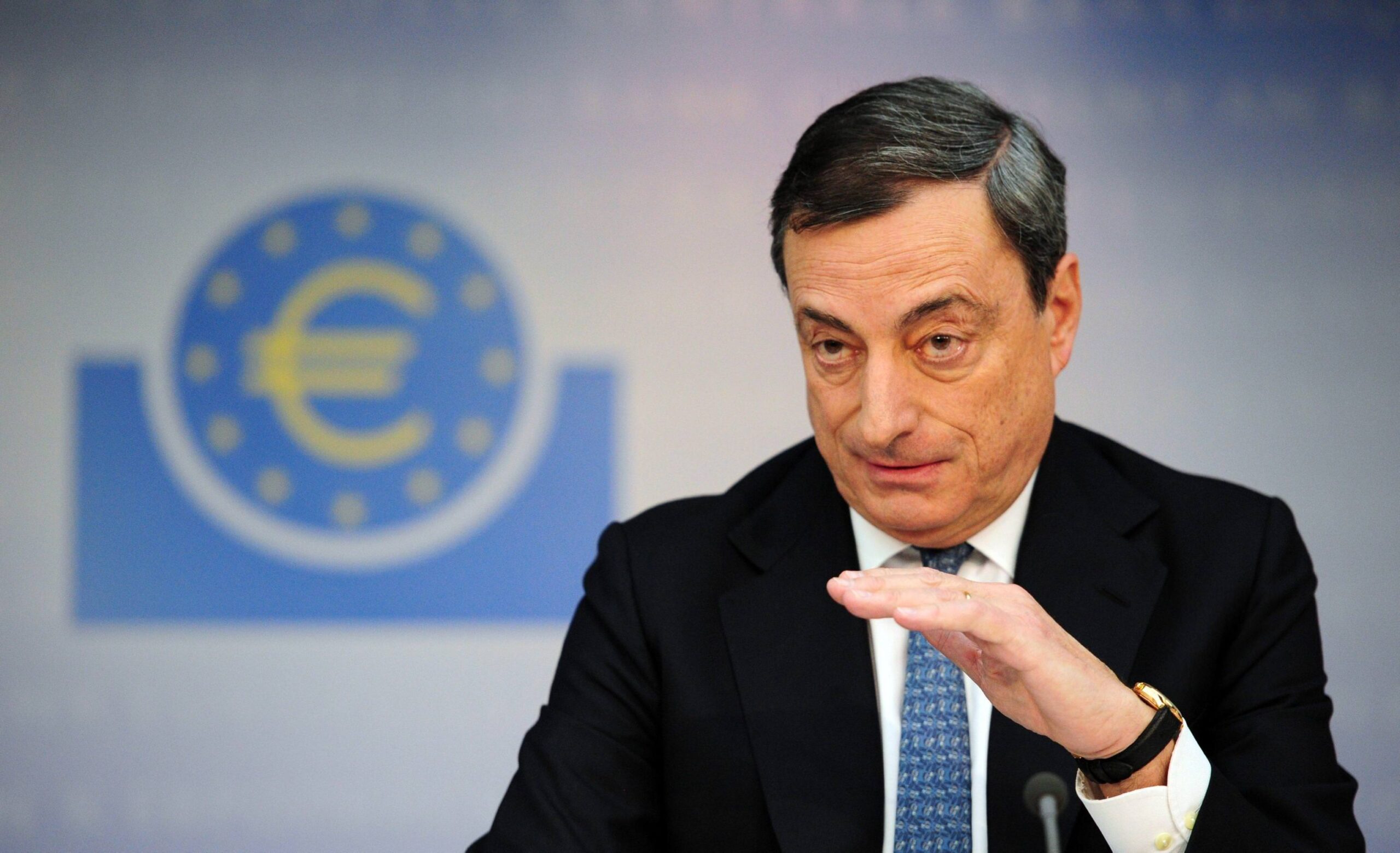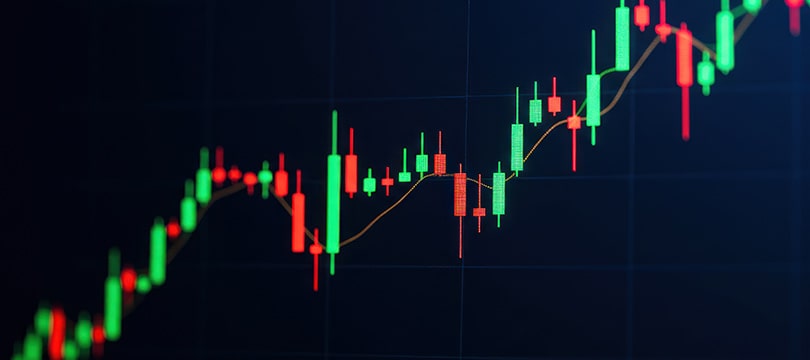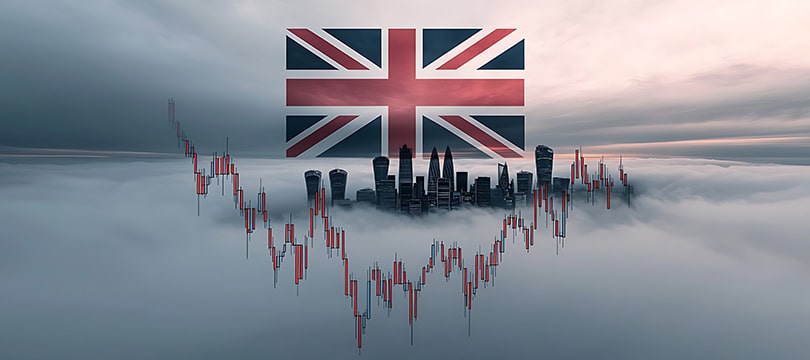How the Euro Transformed Forex Trading

The birth date of the euro is difficult to define. This is partly because its "birth" occurred in multiple stages. Some believe that the birth date should correspond to the fixing of exchange rates for European currencies (1997), others to its actual appearance in the banking system (1999), and still others to its emergence as a currency of exchange (2001). Whichever way you look at it, the advent of the euro has had a profound impact on the global economy and, at an even more pervasive level, on Forex trading. Here are the three changes that the birth of the euro has brought to the foreign exchange market.
Birth of the euro-dollar, the brand of Forex. Along with the euro, the euro-dollar exchange rate was born, of course. This is a sui generis exchange rate, as it represents the two strongest economies on the planet. This simple fact, combined with the daily liquidity (immense, equal to 130% of Italian public debt), has made the euro-dollar so popular that it has become the standard-bearer of Forex. Forex has also spread to the masses thanks to the imaginative power of this exchange rate. If Forex has expanded its user base, it is therefore also due to the euro (as well as the progressive importance of digital technologies).
Down with fragmentation. Before the euro, there were 17 currencies, so there was a certain fragmentation. This fragmentation, in a sense, posed a barrier to the spread of Forex. Italians invested in the lira, Germans in the mark, French in the franc, and so on. With the advent of the euro, this fragmentation was eliminated, making it easier for the "common" trader to invest.
Technical aspects revolutionized. This is the real change that the euro has brought about. Previously, when Forex was invaded by the currencies of national states, which taken individually had a limited weight, traders were mainly guided by technical analysis. It made no sense to focus too much on fundamental analysis, since news concerning a single country did not necessarily have such a profound impact on the general landscape. Now, with the presence of the ECB and the greater importance given to European institutions, fundamental analysis has become more decisive. Just think that in 2012, Mario Draghi, with the sole force of his words, was able to save the euro and support it despite speculation attempts coming from various quarters.



